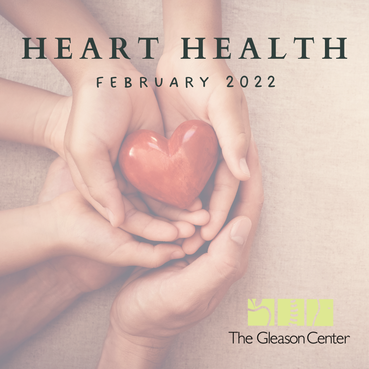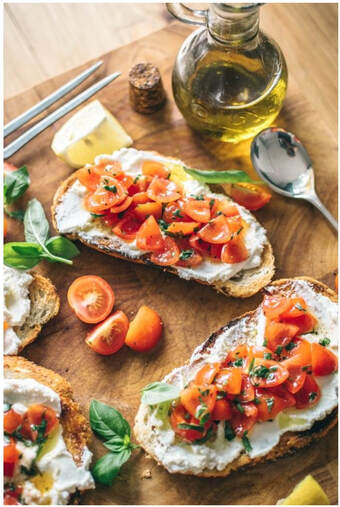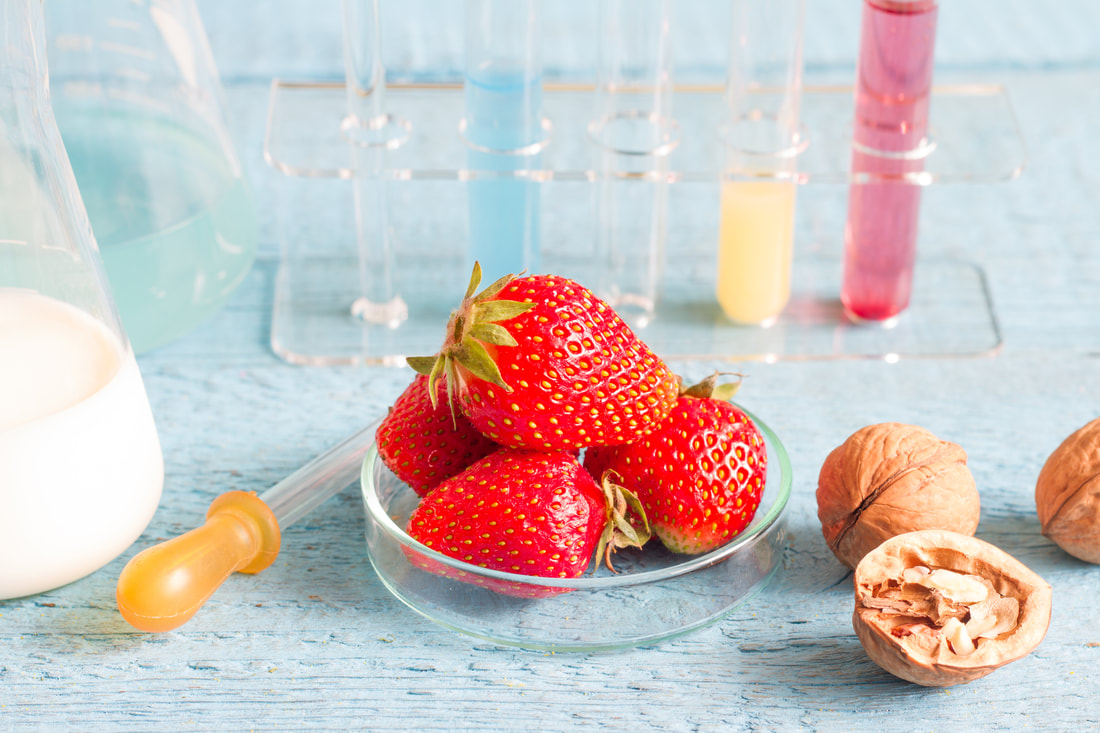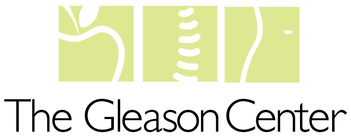|
Viruses are tiny bits of DNA that inject themselves into our cells. They travel to the nucleus and
insert their code into our DNA. They order the cell to make more viruses and then self-destruct, spreading the infection. Because they propagate inside the host’s cell they are hard to treat without damaging the cell. Dr. David Brownstein, M.D.’s new book A Holistic Approach to Viruses documents his clinic’s approach to preventing and treating viral illness. This very readable book covers the innate and adaptive branches of the immune system in an easy-to- understand way. For over 20 years the author and his partners have used a wholistic approach with great success. They focus on Vitamins A, C, D and the mineral Iodine. In addition, they use Hydrogen peroxide and Ozone as adjunct to their treatment. Dealing with viruses involves both reducing their infectiveness and limiting the host’s inflammatory response. Vitamin A affects both of these components. It is essential for both Innate and Adaptive immune function. It is necessary for normal function of the linings of airways and GI tract. Low Vitamin A can make it easier for viruses to penetrate the oral and nasal mucosa. Vitamin A is helpful in many inflammatory conditions of the lungs, skin, and GI tract. Vitamin A deficiency can lead to increased mortality during times of infection. The water- soluble form of Vitamin A is called Beta Carotene and it needs to be converted in the liver to the active, fat-soluble form. This process is only 5-10% efficient so it is best to get it in the fat- soluble form from food or supplementation. Dr. Brownstein recommends high-dose Vitamin A for a four-day period at the beginning of an infection. Vitamin A toxicity is possible with long- term supplementation so it is best to work with nutritionally-literate doctor who can test and adjust dosing. Vitamin C is a well-known immune enhancer. Unlike most animals, humans cannot produce Vitamin C, therefor we must get it in our diet. It is found in many fruits and vegetables. Depending on the dose it can function as either an anti-oxidant or pro-oxidant. Lower doses allow Vitamin C to prevent oxidative damage. Higher doses allow the immune system to use its oxidative effect to produce hydrogen peroxide to destroy bacteria, viruses, parasites and fungi. Vitamin C also has an anti-clotting effect which can be useful in viruses that produce clots and bleeding. Dr. Brownstein uses Vitamin C intravenously when the infection is severe. He also recommends oral doses in the range of 3-5000mg/day and when ill up to 1000mg/hour. If diarrhea occurs the dosage can be reduced. Liposomal Vitamin C has been shown to produce blood levels that approach those attained by IV. Vitamin D deficiency is very common in North America due to seasonal low levels of sun exposure and the use of sunscreens and general sun avoidance. Vitamin D also works on both the infectiveness and inflammatory components of viral infection. It helps the white blood cells identify and remove viruses and damaged cells. It also reduces inflammation as documented by lowering inflammation markers C-Reactive protein and IL-6 . Dr. Brownstein uses a short-term dosing of 50,000 units per day for the first 4 days of an infection. It is recommended to have your blood levels checked regularly and to keep it in the upper end of the normal range. Dr. Brownstein’s also recommends Iodine for viruses using it successfully for decades addressing a variety of conditions as documented in his book Iodine: Why You Need It, Why You Can’t Live Without It. This little-used mineral is very important to a normally functioning immune system. Iodine is required for normal white blood cell function. It has potent anti- microbial properties and is even used in the sanitizer used prior to surgery. In his book Dr. Brownstein describes other anti-viral approaches including nebulized hydrogen peroxide and ozone therapy. His book is recommended for anyone who wants to gain a better understanding of how to deal with viral infections from a holistic perspective.
3 Comments
How to Deal With Viruses Holistically
Viruses are tiny bits of DNA that inject themselves into our cells. They travel to the nucleus and insert their code into our DNA. They order the cell to make more viruses and then self-destruct, spreading the infection. Because they propagate inside the host’s cell they are hard to treat without damaging the cell. Dr. David Brownstein, M.D.’s new book A Holistic Approach to Viruses documents his clinic’s approach to preventing and treating viral illness. This very readable book covers the innate and adaptive branches of the immune system in an easy-to-understand way. For over 20 years the author and his partners have used a wholistic approach with great success. They focus on Vitamins A, C, D and the mineral Iodine. In addition, they use Hydrogen peroxide and Ozone as adjunct to their treatment. Dealing with viruses involves both reducing their infectiveness and limiting the host’s inflammatory response. Vitamin A affects both of these components. It is essential for both Innate and Adaptive immune function. It is necessary for normal function of the linings of airways and GI tract. Low Vitamin A can make it easier for viruses to penetrate the oral and nasal mucosa. Vitamin A is helpful in many inflammatory conditions of the lungs, skin, and GI tract. Vitamin A deficiency can lead to increased mortality during times of infection. The water-soluble form of Vitamin A is called Beta Carotene and it needs to be converted in the liver to the active, fat-soluble form. This process is only 5-10% efficient so it is best to get it in the fat-soluble form from food or supplementation. Dr. Brownstein recommends high-dose Vitamin A for a four-day period at the beginning of an infection. Vitamin A toxicity is possible with long-term supplementation so it is best to work with nutritionally-literate doctor who can test and adjust dosing. Vitamin C is a well-known immune enhancer. Unlike most animals, humans cannot produce Vitamin C, therefor we must get it in our diet. It is found in many fruits and vegetables. Depending on the dose it can function as either an anti-oxidant or pro-oxidant. Lower doses allow Vitamin C to prevent oxidative damage. Higher doses allow the immune system to use its oxidative effect to produce hydrogen peroxide to destroy bacteria, viruses, parasites and fungi. Vitamin C also has an anti-clotting effect which can be useful in viruses that produce clots and bleeding. Dr. Brownstein uses Vitamin C intravenously when the infection is severe. He also recommends oral doses in the range of 3-5000mg/day and when ill up to 1000mg/hour. If diarrhea occurs the dosage can be reduced. Liposomal Vitamin C has been shown to produce blood levels that approach those attained by IV. Vitamin D deficiency is very common in North America due to seasonal low levels of sun exposure and the use of sunscreens and general sun avoidance. Vitamin D also works on both the infectiveness and inflammatory components of viral infection. It helps the white blood cells identify and remove viruses and damaged cells. It also reduces inflammation as documented by lowering inflammation markers C-Reactive protein and IL-6 . Dr. Brownstein uses a short-term dosing of 50,000 units per day for the first 4 days of an infection. It is recommended to have your blood levels checked regularly and to keep it in the upper end of the normal range. Dr. Brownstein’s also recommends Iodine for viruses using it successfully for decades addressing a variety of conditions as documented in his book Iodine: Why You Need It, Why You Can’t Live Without It. This little-used mineral is very important to a normally functioning immune system. Iodine is required for normal white blood cell function. It has potent anti-microbial properties and is even used in the sanitizer used prior to surgery. In his book Dr. Brownstein describes other anti-viral approaches including nebulized hydrogen peroxide and ozone therapy. His book is recommended for anyone who wants to gain a better understanding of how to deal with viral infections from a holistic perspective. February is Heart Health Month. Entire libraries of books and articles have been written about dealing with cholesterol, exercise, smoking and blood sugar as ways to prevent or reverse heart disease. Physical, mental and chemical stressors are implicated in heart disease. Psychological stress, in all its forms, can be counteracted by “getting in the flow”. People can and do experience flow daily. Perhaps one of the best ways to improve heart function is to resolve to get in the flow. Flow is a state of optimal experience characterized by immense joy that makes life worth living. Research into flow was started by psychologist Mihaly Csikszentmihalyi in the 1970’s. This phenomenal state of being has many health benefits, particularly concerning its effect on the heart. Flow takes our focus from thinking about ourselves, negative thoughts concerning current events, and worries about friends and family. It allows us to focus on things that are engaging and rewarding. Flow has been described by Professor Richard Huskey from UC Davis as “being in a state of intense concentration when thoughts are focused on something other than oneself.” In flow “we are absorbed in a highly rewarding activity - not our inner monologues.” In flow we merge with and are in control of the process, often losing a sense of time. Researchers using brain scanning techniques confirm reports that flow is not mentally or physically taxing. In fact, it is highly rewarding and even invigorating. How does one experience flow? It occurs when one engages in activity that challenges one’s skill. It requires a certain level of skill applied to a significant challenge. Csikszentmihalyi studied people like athletes, musicians, and dancers. Ordinary people experience flow in everyday life while skiing, running, meditating, doing yoga, making art or music, even cooking. As long as there is significant challenge addressed by someone with a skill set flow will occur. Playing games is another way to experience flow. Certainly, physical games are a way to get in flow. Taking a break to do something fun can be incredibly healthy and rejuvenating. While most video games don’t get us into flow, Huskey, along with colleagues Rene’ Weber and Jacob Fisher have developed a video game called Asteroid Impact that in fact does. Their brain research shows that playing this video game activates brain networks that require only small amounts of energy. This may be part of the reason that even flow experiences that require large amounts of physical input like snowboarding, gardening, construction projects, etc. leave us invigorated, not fatigued. Resolve to make being in the flow on a very regular basis one of the most important goals. In addition to supporting your health (including your heart) getting in the flow regularly can support your other long-term goals making you more productive and creative. You can become a much more proficient artist, musician, chef or even gamer. Done right this type of resolution doesn’t become one more obligation, in fact it can help free you from the drudgery and stress of everyday life. Dr. Daniel Gleason Much of this article was inspired by a posting in theconversation.com, a free online resource available to all. Check out our other blogs similar to this and learn even more about health for your heart. Heart Health THE BEST PALEO MEDITERRANEAN FOODS EASY & DELICIOUS CASHEW MILK 8 STEPS TO BETTER SLEEP MENTAL & EMOTIONAL WELLBEING Intermittent Fasting
|
CONNECT WITH US!Follow us on Facebook for weekly inspiration, newsletters, recipes, and giveaways!
CATEGORIES
All
SEARCH THE BLOG |
Take the first step. We're ready for you.
616-846-5410
M/W/F 8:00am - 5:30pm
Closed 12:30pm - 1:30pm (Lunch)
T/Th 8am - 1pm
Sat/Sun Closed
Home | Order Supplements | Privacy | Terms | Contact | Facebook | Review Us
M/W/F 8:00am - 5:30pm
Closed 12:30pm - 1:30pm (Lunch)
T/Th 8am - 1pm
Sat/Sun Closed
Home | Order Supplements | Privacy | Terms | Contact | Facebook | Review Us
Information and products offered here are not intended to diagnose, treat, cure, or prevent any disease. Statements have not been evaluated by the FDA.
© 2023 The Gleason Center
© 2023 The Gleason Center











